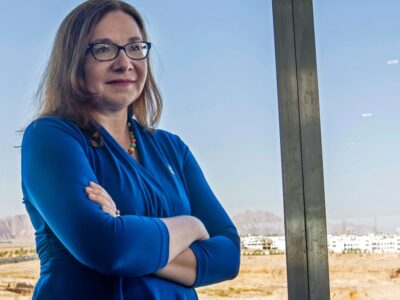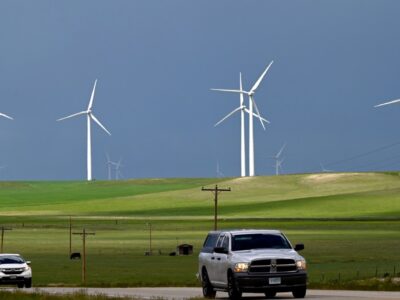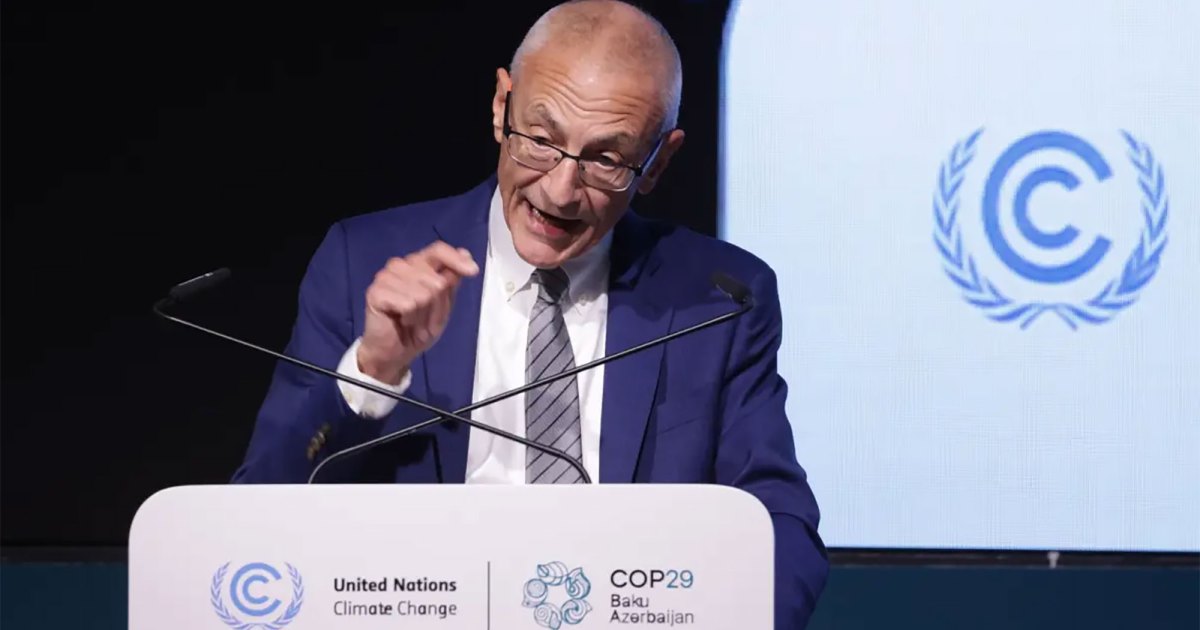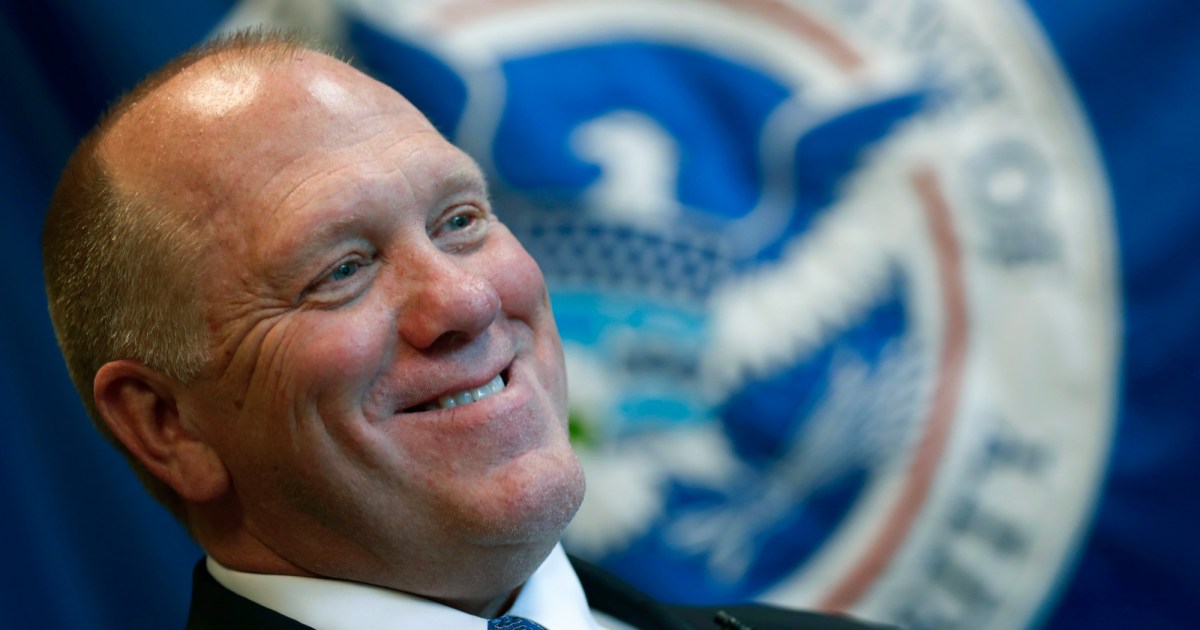
This story was originally published by the Guardian and is reproduced here as part of the Climate Desk collaboration.
Millions of low-income households are at risk of having their power disconnected this summer, exacerbating the risk of deadly heat as the climate crisis drives up temperatures.
A new report by the Centre for Energy Poverty and Climate (EPC) and the National Energy Assistance Directors Association (Neada) found that almost half of Americans live in states without rules restricting disconnections for unpaid or overdue energy bills during potentially deadly heatwaves, forcing some low-income families to choose between cooling their homes and paying rent.
It comes as large swaths of the midwest and eastern US remain under heat advisories amid sweltering temperatures and humidity caused by a slow-moving area of high pressure, which brought misery across the west and south-west last week.
Summer shut-off protections are mandated by only 19 states and DC, leaving about 203 million people across 31 states susceptible to being disconnected if they are unable to afford their energy bills.
“Our current strategies, including access to cooling centers, may have been appropriate when they were designed in the 1970s,” but not today.
This includes 45 million of the most financially vulnerable people in the country—those with household incomes less than 200 percent of the federal poverty level—who are most likely to struggle to keep up with rising energy bills. The average energy bill is expected to rise by almost 9 percent across the US from June through September, with households paying an average of $719—up from $661 during the same period last year.
The elderly and children—groups which are particularly susceptible to the health impacts of extreme heat—are also disproportionately affected by the gaps in shutoff rules. Almost 48 percent of children and 52 percent of seniors live in states with no restrictions on summer shutoffs.
The proportion of households with children that could not afford to pay their energy bill for at least one month during the last year increased from 29.3 percent to 32.4 percent, according to the latest Census Households Pulse Survey. This includes 22.4 percent of families with children who were forced to keep their homes at unsafe temperatures due to financial concerns—a 3 percent rise over the past 12 months.
“Our current strategies, including access to cooling centers, may have been appropriate when they were designed in the 1970s when summer temperatures were lower and heatwaves were sporadic,” said Mark Wolfe, author of the report and executive director of Neada, an organization for state directors of the Low Income Home Energy Assistance Program (Liheap), the federal energy assistance fund. “They are inadequate to provide relief from the record-breaking high temperatures and continuous heatwaves that have become our new normal in the summer months.”
Summers are getting hotter, with dangerous heatwaves hitting every corner of the US amid an abject failure to take decisive action on phasing out fossil fuel production to curb global heating.
Federal energy assistance for low-income households is both outdated and on the decline—despite a surge in heat-related deaths and illness in recent years.
“Arizona is a state that faces extreme energy bill burden and the life-or-death need for AC.”
The federal fund Liheap was cut by $2 billion for this fiscal year, and only 12 percent of the allocated $4.1 billion will be used to aid struggling families keep cool this summer. As a result, about 1m fewer households will receive financial help with energy bills this year.
Energy assistance is vital as even in the states with shutoff rules only provide partial protection.
In Arizona, the state with the highest recorded number of heat deaths annually, the regulator banned privately owned utilities from disconnecting households for overdue bills after campaigners exposed multiple indoor deaths linked to a lack of power for cooling.
But while some utilities impose a moratorium on shutoffs from 15 June to 1 October, others suspend disconnections only on days when the National Weather Service (NWS) issues an excessive heat warning—even though the impact of extreme heat is cumulative on the body. The first heat-related death in Maricopa county this year was on 18 April. Cooperatives and municipal utilities are excluded from the shutoff rule.
“Arizona is a state that faces extreme energy bill burden and the life-or-death need for AC,” said Stacey Champion, a heat safety advocate based in Phoenix. “People here die from heat from April through October, so statewide disconnect rules for all utilities and increased Liheap funding to help low-income residents pay their energy bills will save lives.”















